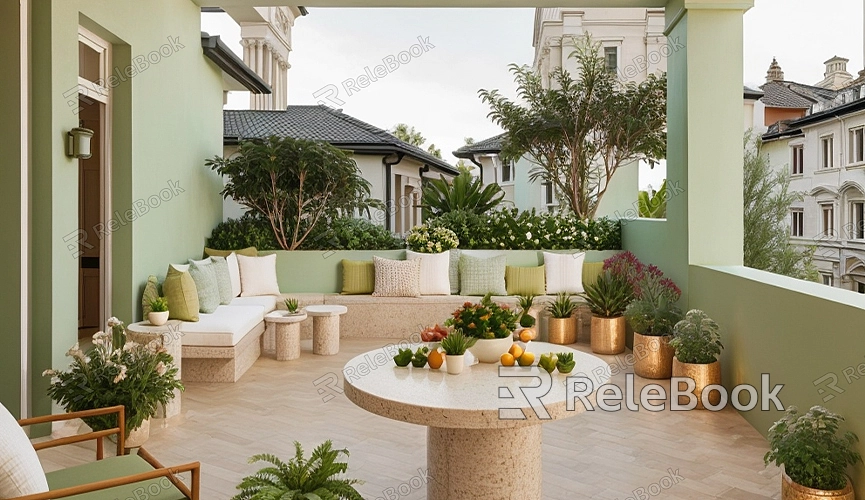How to Access Real-Time Render in Blender 2.8
Blender 2.8 is a powerful 3D modeling and rendering software that introduces real-time rendering capabilities, allowing designers to visualize the final effect of their models more intuitively. This article provides a detailed guide on how to achieve real-time rendering in Blender 2.8, aiming to assist Blender users effectively.
1. What is Real-Time Rendering?
Real-time rendering allows the rendering results to update in real-time as you manipulate the model. This means you can instantly see changes in lighting, materials, and textures, facilitating efficient adjustments and optimizations. Blender 2.8’s Eevee engine is specifically designed for real-time rendering.

2. Why Choose Real-Time Rendering in Blender 2.8?
1. High Efficiency: Real-time rendering significantly reduces rendering time, enabling designers to quickly see the effects of modifications.
2. Ease of Adjustments: In real-time rendering mode, you can immediately observe changes in lighting, shadows, and materials, making it convenient for fine-tuning.
3. High-Quality Output: Despite being a real-time rendering engine, Eevee can still deliver high-quality rendering results that meet most design requirements.
3. How to Enable Real-Time Rendering in Blender 2.8
1. Open Blender 2.8
Ensure you have Blender 2.8 installed and open the software. If you haven't installed it yet, you can download it for free from the Blender official website.
2. Select the Eevee Engine
In Blender 2.8, the default rendering engine is Eevee. Confirm that Eevee is selected from the drop-down menu labeled "Render Engine" in the top right corner. If another rendering engine like Cycles is selected, click to switch to Eevee.
3. Set Up Real-Time Rendering View
Locate the "Viewport Shading" panel on the right side of the main interface. Click on the "Rendered" button (typically represented by an icon with a sphere and rays). This action enables real-time rendering mode, where you will immediately see the rendered scene.
4. Adjust Lighting and Materials
In real-time rendering mode, you can adjust lighting and material effects in real-time. Select lights or objects in the scene and adjust their properties in the right-side properties panel. Each adjustment will be reflected instantly in the viewport, allowing you to quickly achieve the desired effect.
5. Add Textures and HDRI
For more realistic rendering effects, you can add high-quality textures and HDRI (High Dynamic Range Images). Drag and drop downloaded texture or HDRI files into Blender and apply them to respective materials.
4. Optimization Tips for Real-Time Rendering
1. Reduce Polygon Count: Complex models increase rendering load. Optimize the model's polygon count where possible.
2. Use Efficient Materials and Textures: Choose appropriate materials and textures to avoid excessive complexity, maintaining rendering efficiency.
3. Properly Set Up Lighting: Lighting setup greatly impacts rendering quality. Avoid overlapping too many light sources and make effective use of ambient light.
Real-time rendering is a standout feature in Blender 2.8, providing designers with great convenience and an efficient workflow. Through proper setup and optimization, you can quickly achieve high-quality rendering results in real-time mode, significantly enhancing work efficiency and output quality.
For high-quality 3D textures, HDRI, or 3D model downloads, consider using Relebook for seamless texture and 3D model imports directly into your projects. We hope this article helps you make better use of Blender 2.8’s real-time rendering capabilities and create outstanding 3D artworks.

